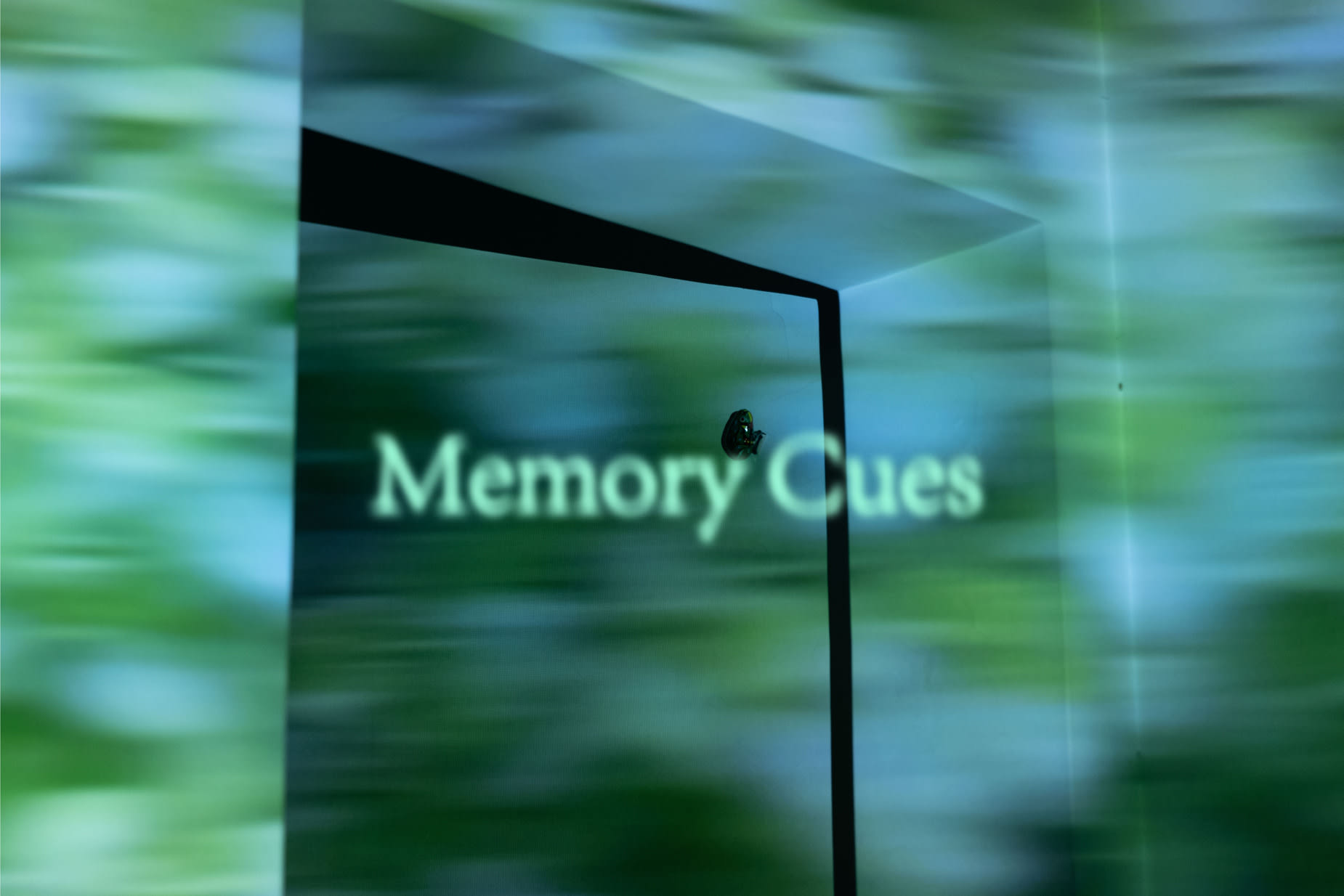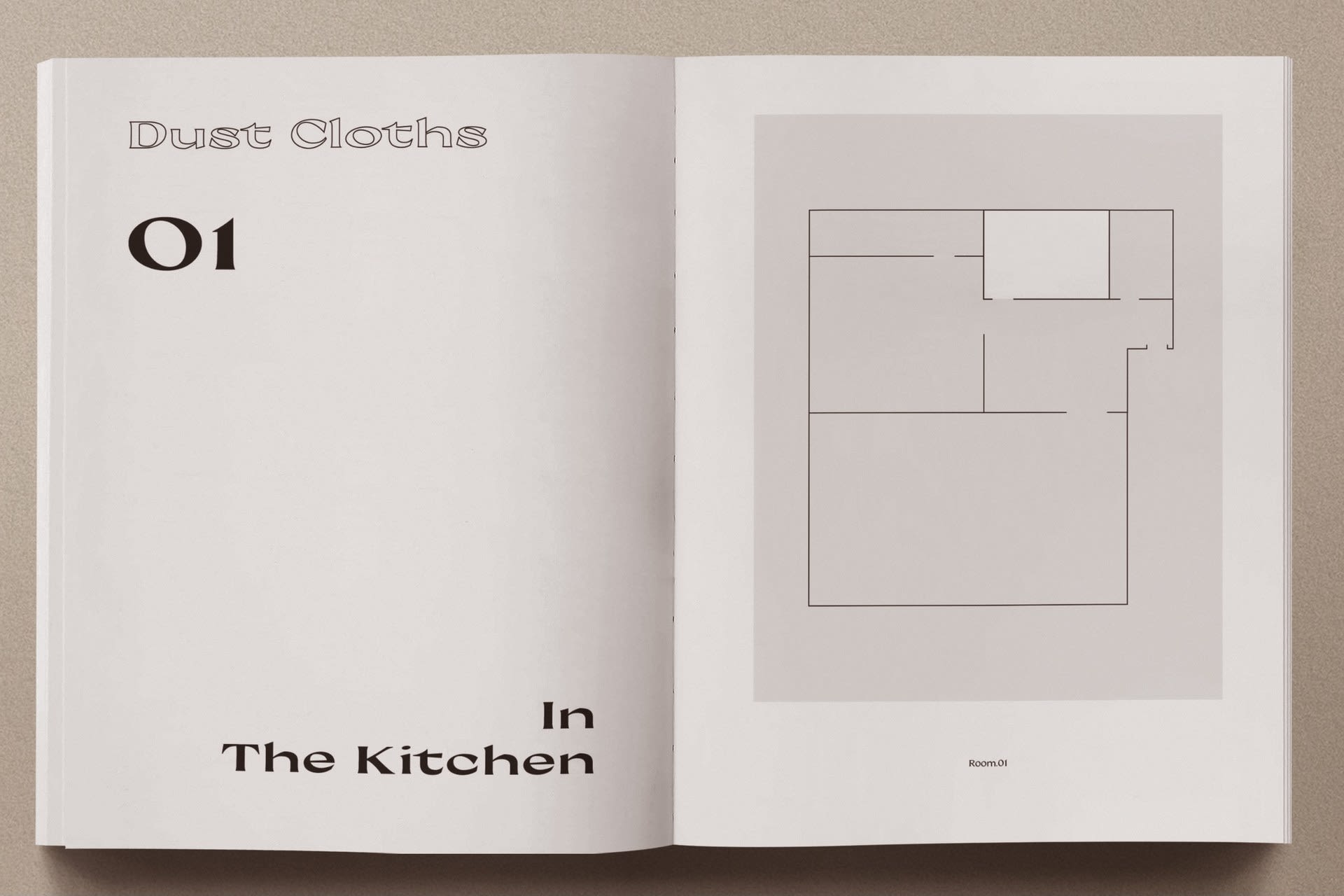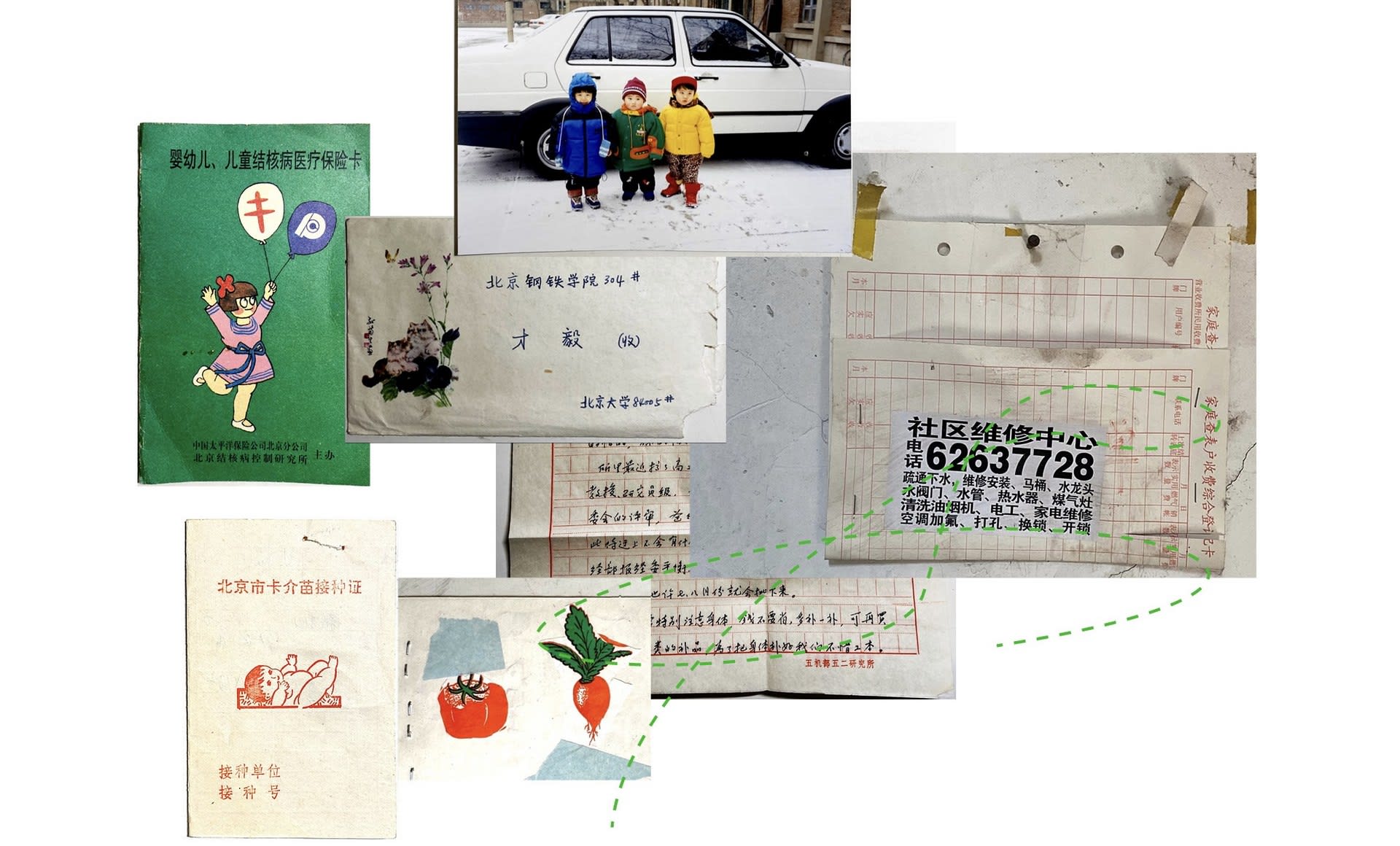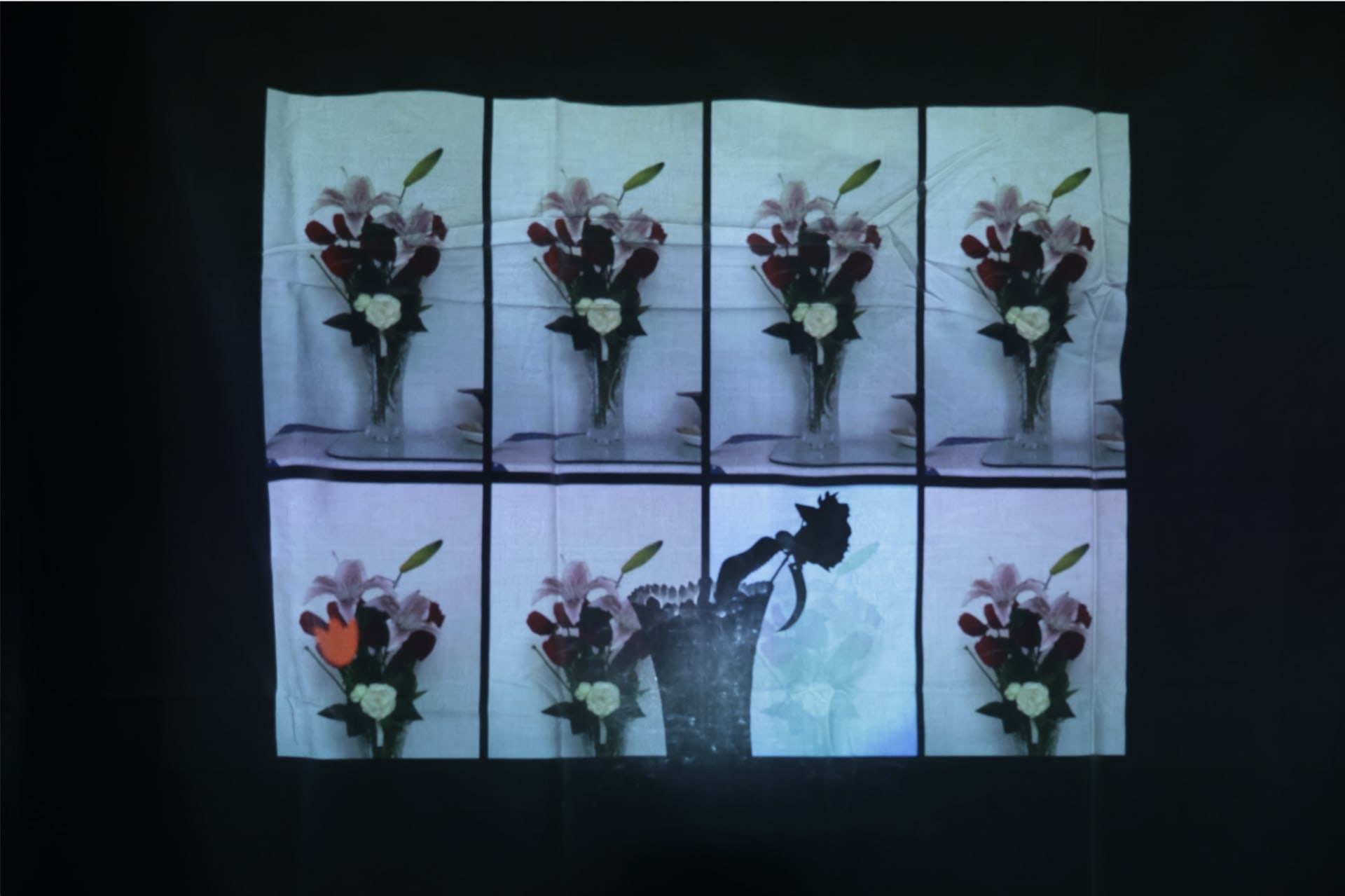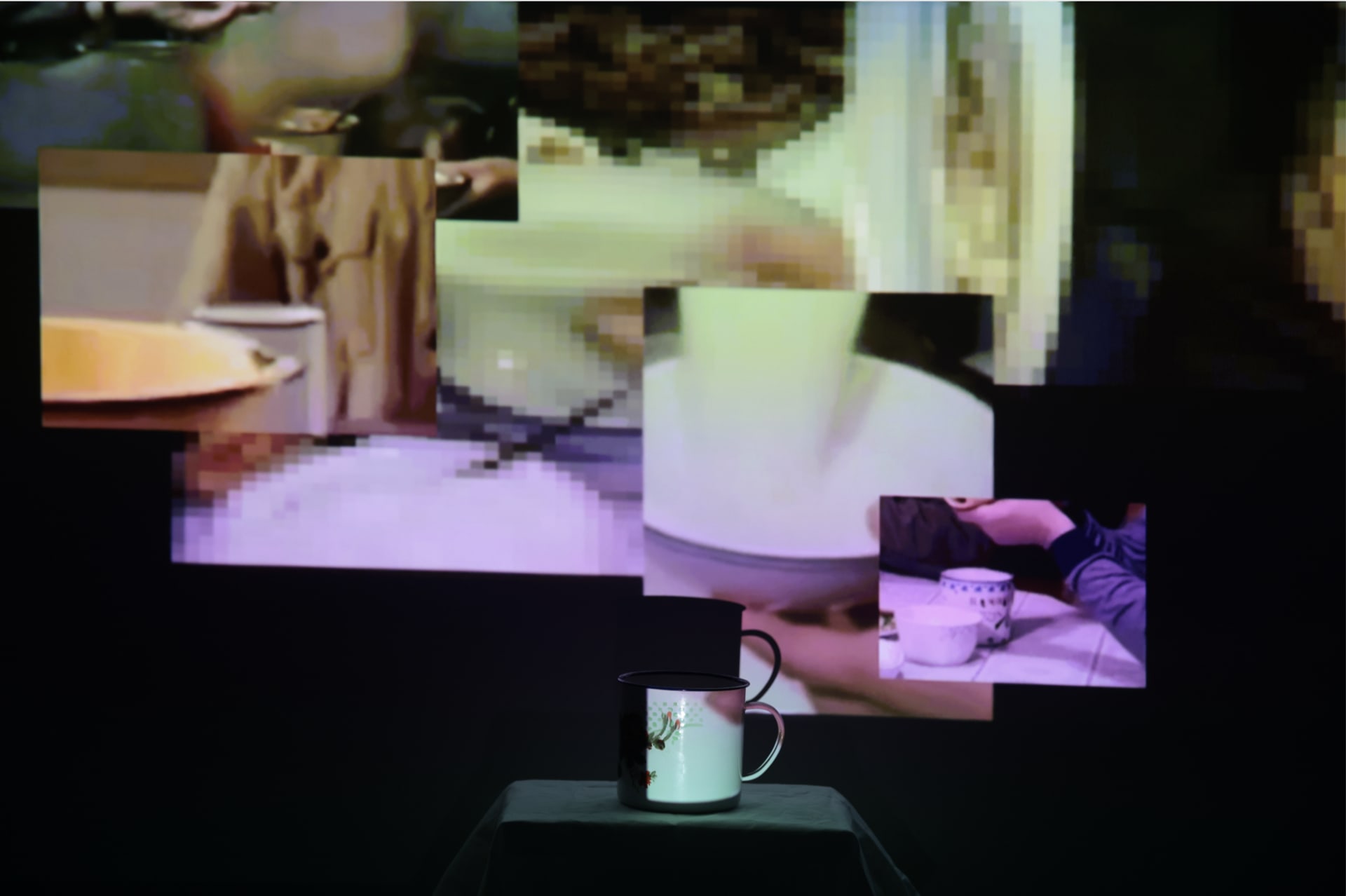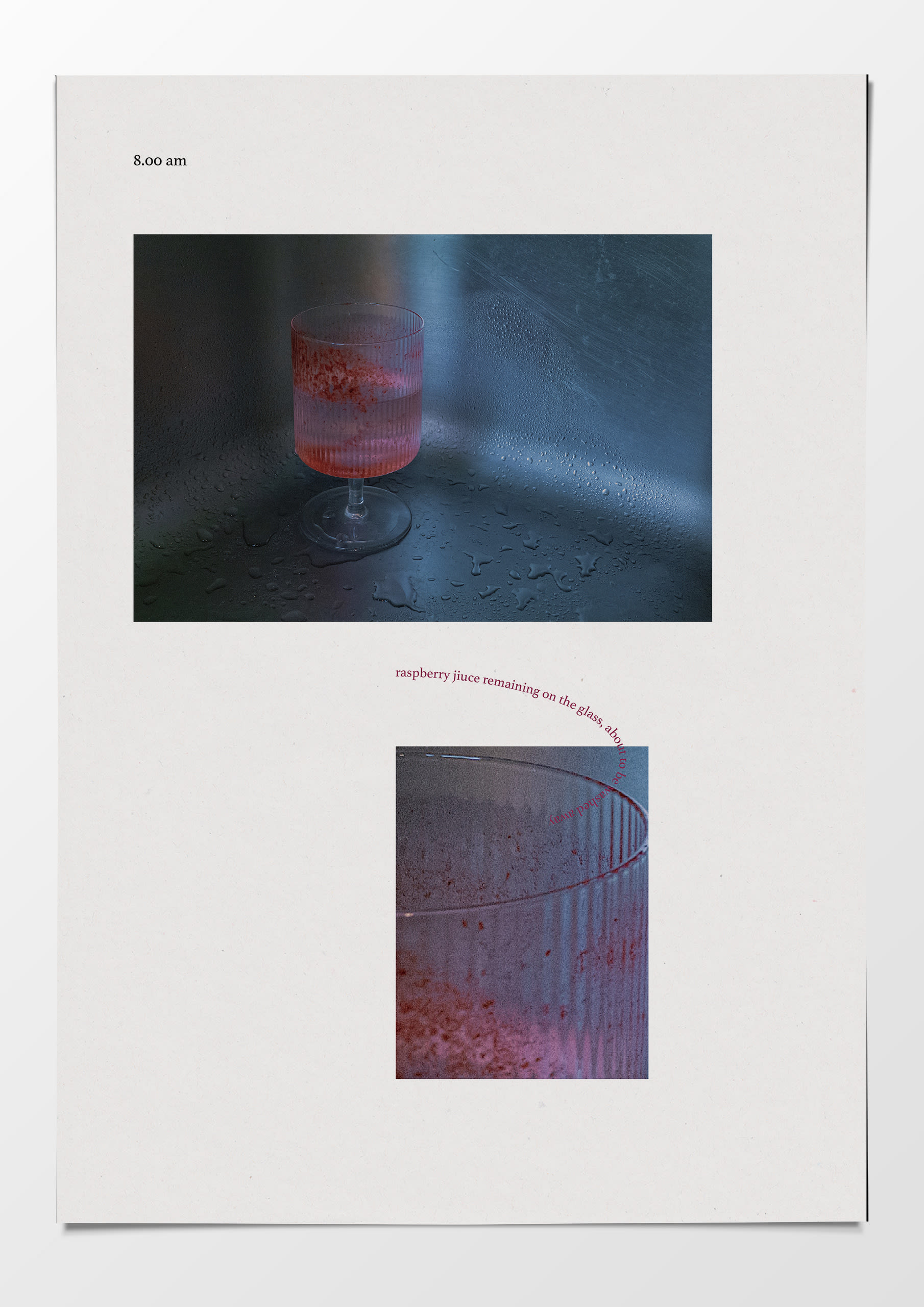Chi Zhang is a graphic designer and illustrator based in Beijing. Her practice focuses on the subjects and people around her, such as a certain time, a certain experience or a place. She tries to resonate with many by telling the story through printed matter, digital platforms, and interactive formats.
Education:
2016-2019, Graphic and Media Design, London College of Communication, BA
2019-2021, Visual Communication, Royal College of Art, MA
Exhibitions:
2020, ABC Exhibition: Art books in China, Beijing
2019, Arts Materials Lab,Taiwan
2016, The artworks about The Forbidden City, China World Mall Center, Beijing
